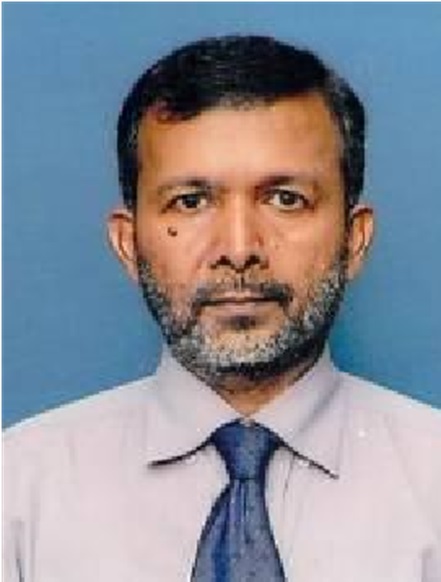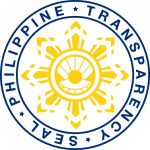
I am Tilak Karunaratne, a former United Nations Volunteer (UNV) functioned in the Philippines from January 1982 to December 1983.
I remember I was assigned – through PNVSCA then headed by Ms. Elizabeth Barbero and under the Office of the President – to the Provincial Health Office in Malaybalay, Bukidnon (under the Provincial Governor’s Office of Bukidnon) to work on Primary Health Care (PHC).
A group of about 25 UNVs – from Sri Lanka, India, Nepal, Indonesia, Bhutan and Malaysia – arrived in Manila on January 22, 1982 and was put up at the PIFO (Philippine International Friendship Organization) Home. Having organized by the then UNV Programme Assistant Mr. Mohan Kumar, we all reported at PNVSCA’s office the next day, to a warm welcome by the Directress Ms. Barbero and her staff.
I still remember the detailed orientation given at PNVSCA for 2 days about the Philippines, PNVSCA and on the service cum behaviour expected of us.
This was followed by a 2-week long residential training on Community Development, conducted by a PNVSCA-hired development-consultant named Mr. Luis Morales which was held at the Community Development Department in the University of the Philippines (UP) in Los Banos.
The training was highly informative and interactive and held with many Filipino volunteers (who were to function as local counterparts to UNVs). The big statue outside the entrance (of late President Ramon Magsaysay) was our favourite place to gather in the evenings.
After the training was over, on the 2nd week of February 1982, we were all sent to our work places. I (along with an Indonesian UNV named Suthomo) had to fly from Manila to Cagayan de Oro on Monday by a Philippines Airlines (PAL) flight.
We were supposed to be escorted from the Cagayan de Oro airport to the Governor’s Office in Malaybalay by a senior officer (Engineer Calliao of the Capitol Building). However by the time we landed, nobody was there to accompany us; so Suthomo and I – on our own – went to the bus terminal in a taxi and from there took the bus of Fortune Express (Kibawe-bound) and got down in Malaybalay. By then we hired a Motorella and got to the Capitol Office in the evening.
A month later, we got to know that instead of sending 2 of our to-be counterpart young graduates to the training in Manila. Engineer Calliao went to Manila but never came to see us at PNVSCA or at UP. Instead of coming with us, he then came alone and took a vehicle to Malaybalay to wait for us.
Ever since, Suthomo and I stayed in one house of the retired Education Director Jesus F. Barroso in Magsaysay street.
Suthomo reported to the Indigenous Task Force while I attended the PHO of Bukidnon. Suthomo felt homesick so he went back to Indonesia after one year while I continued my work for 2 years. (Those were the days where you had to visit the Post Office to take a phone call. Only Telex was there while no fax machines or mobile phones or internet were even invented. It took 12 days for my letter from Malybalay to reach Colombo).
During our stay, I remember one Ms. Marizone D. Carillo from PNVSCA who visited us once to monitor our performance/progress. We also had to visit Manila every six months, to attend the mid-term evaluation/performance review of our projects which was fun for all of us as it enabled us all to meet again.
One most memorable event then was when the other Sri Lankan UNV (Mr. Seneviratne) who worked as a Bamboo Craft Specialist but did not succeed in it, treated the sick with “Ayurveda” (indigenous) medicines effectively and made a name as somebody curing the sick, fast.
He lived in Morong, Rizal and become famous as a traditional medical practitioner and attracted hundreds of patients (especially with diabetes or Asthma) each week and treated and ‘cured’ them. Having heard of this, Ms. Barbero too took him to treat her ailing brother (Deputy Defence Minister Carmelo Barbero) but unfortunately was not a success.
After my return home, I was able to work in several international NGOs (including US Peace Corps and the VSO) as a Manager and travelled to many countries (but not to the Philippines). In case I happen to visit the Philippines, I want just to drop by PNVSCA to understand the improvements by now.
###
Visit PNVSCA website (www.pnvsca.gov.ph) and PNVSCA Facebook (facebook.com/PNVSCA) for other stories and information on volunteering.




